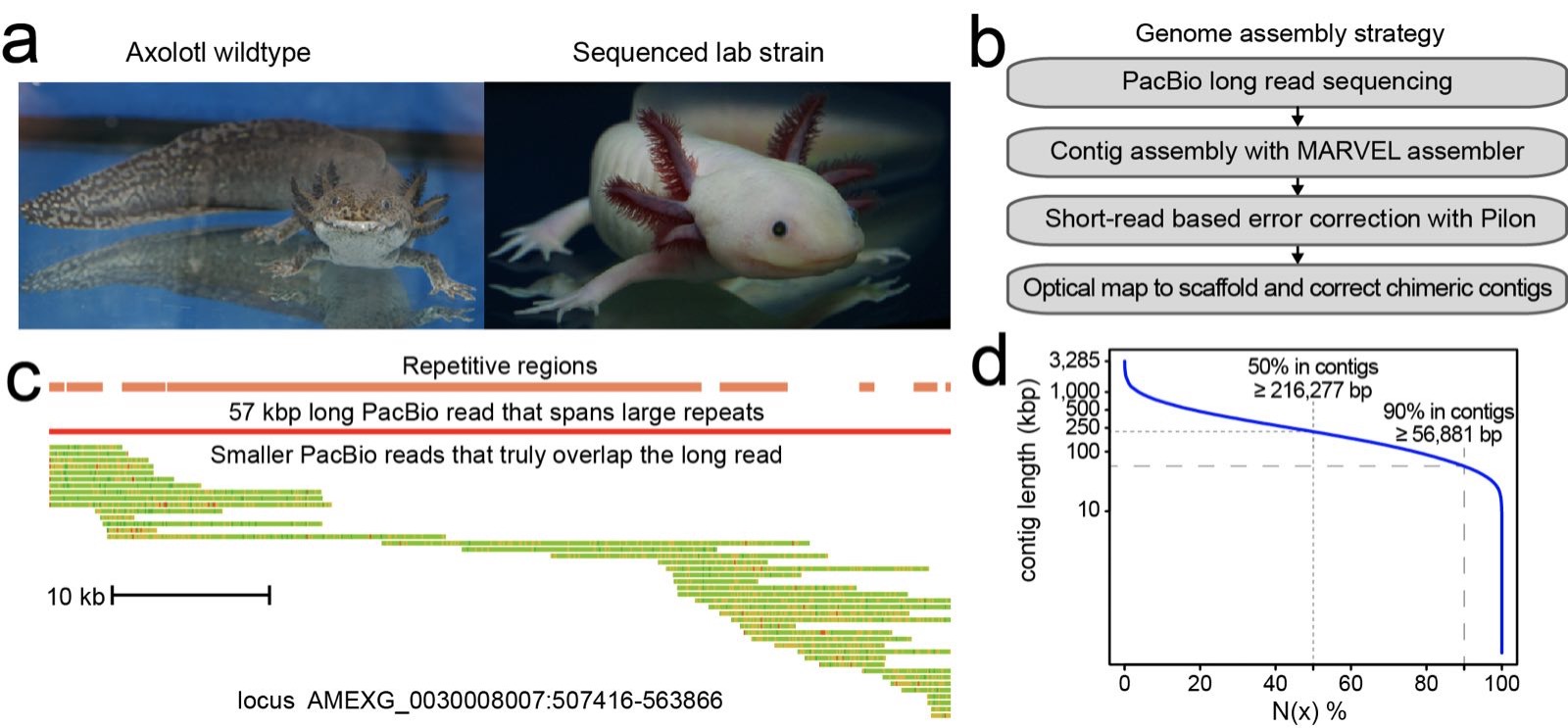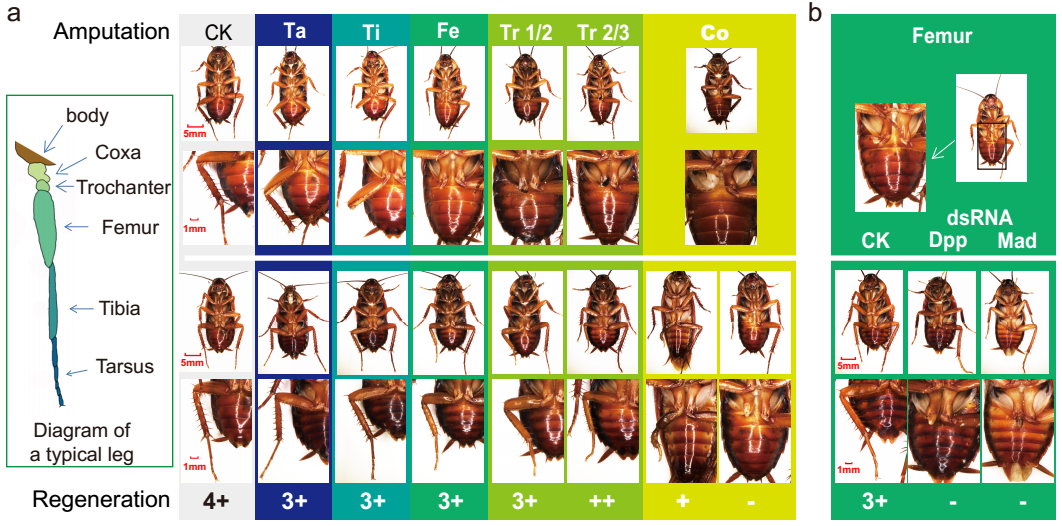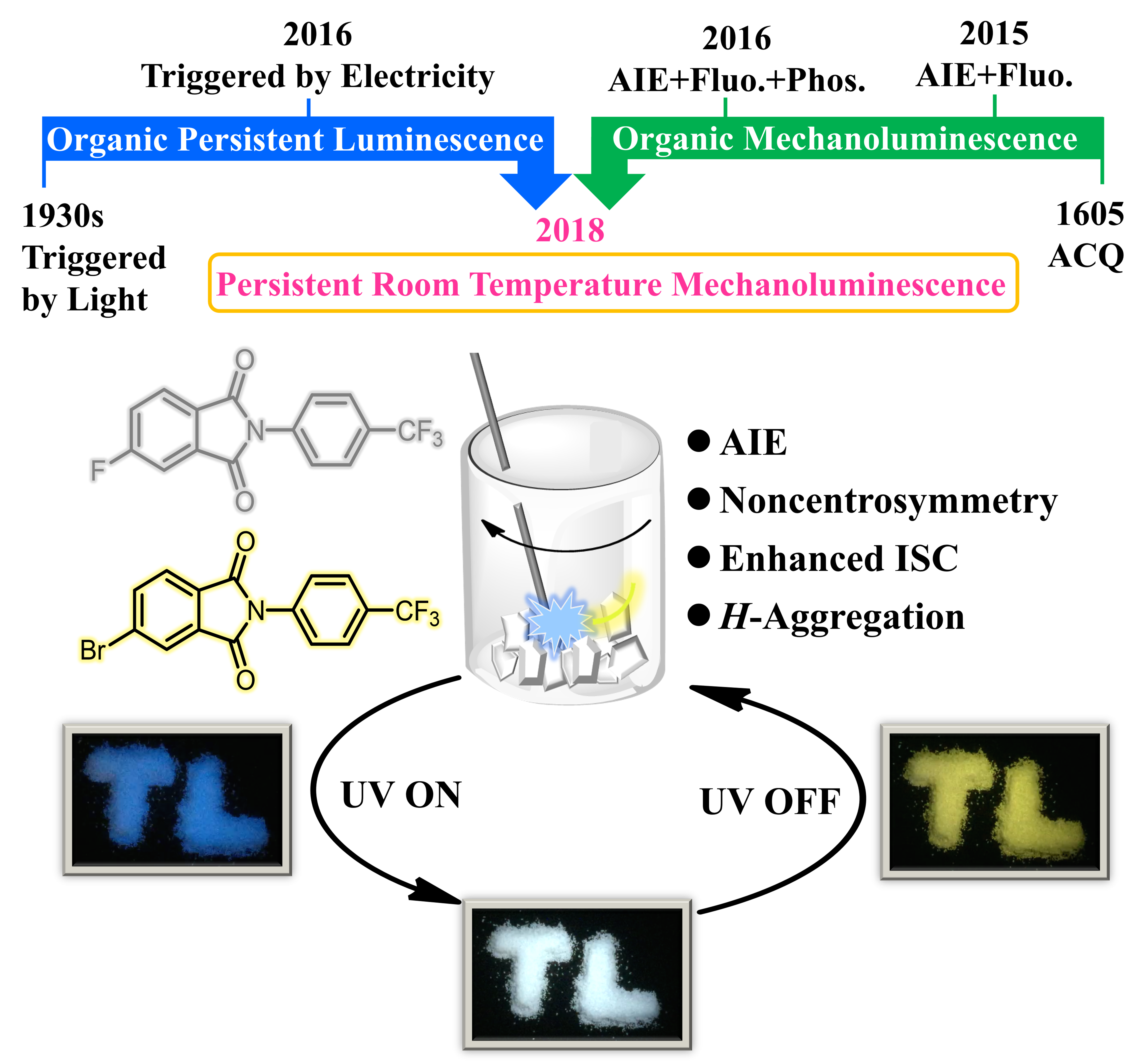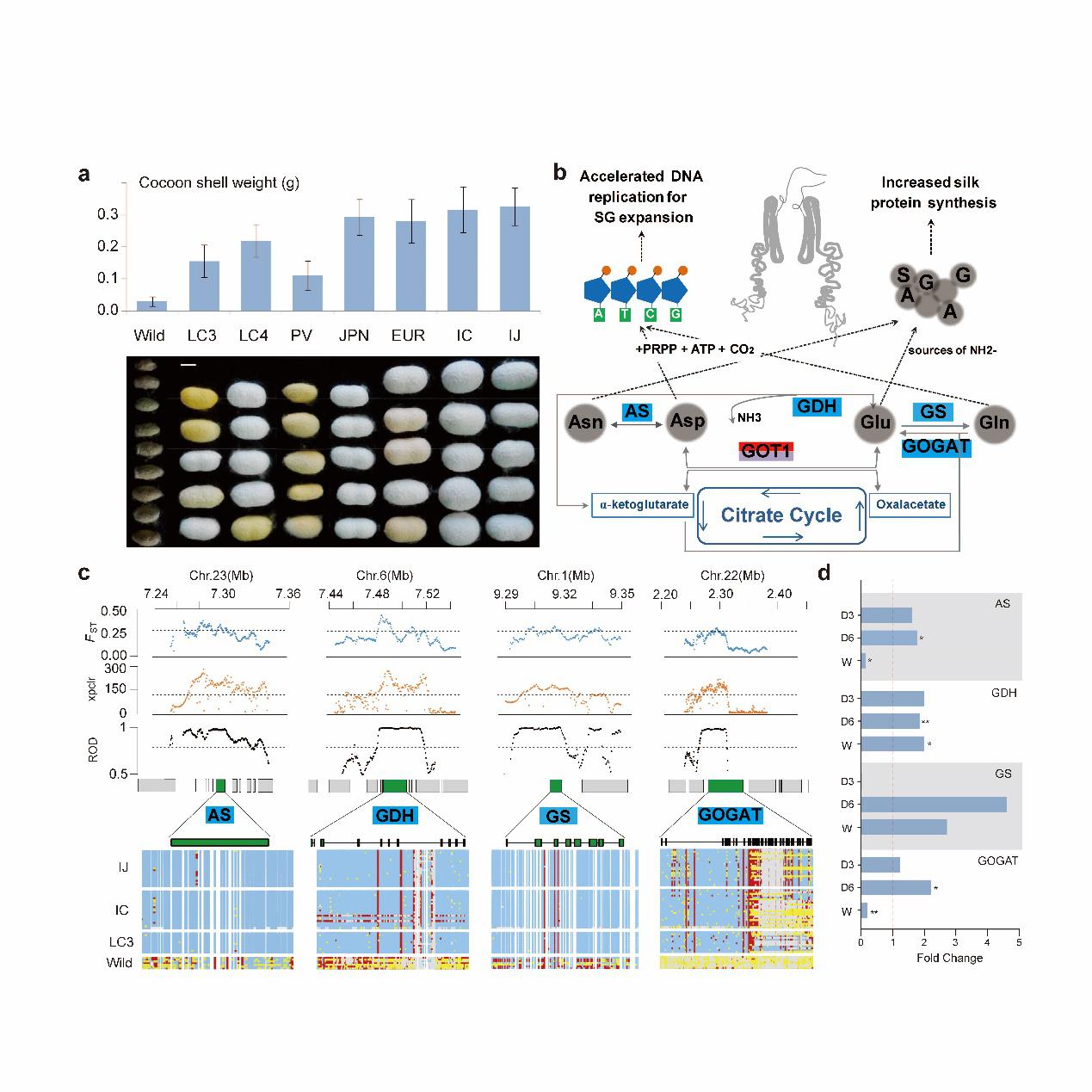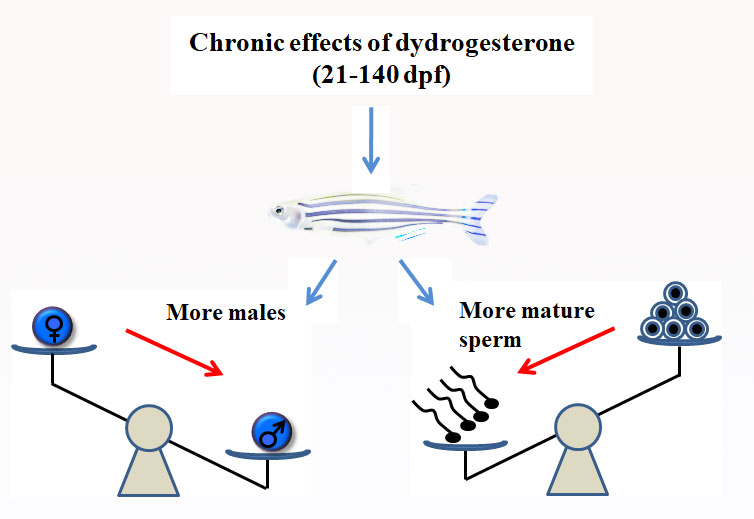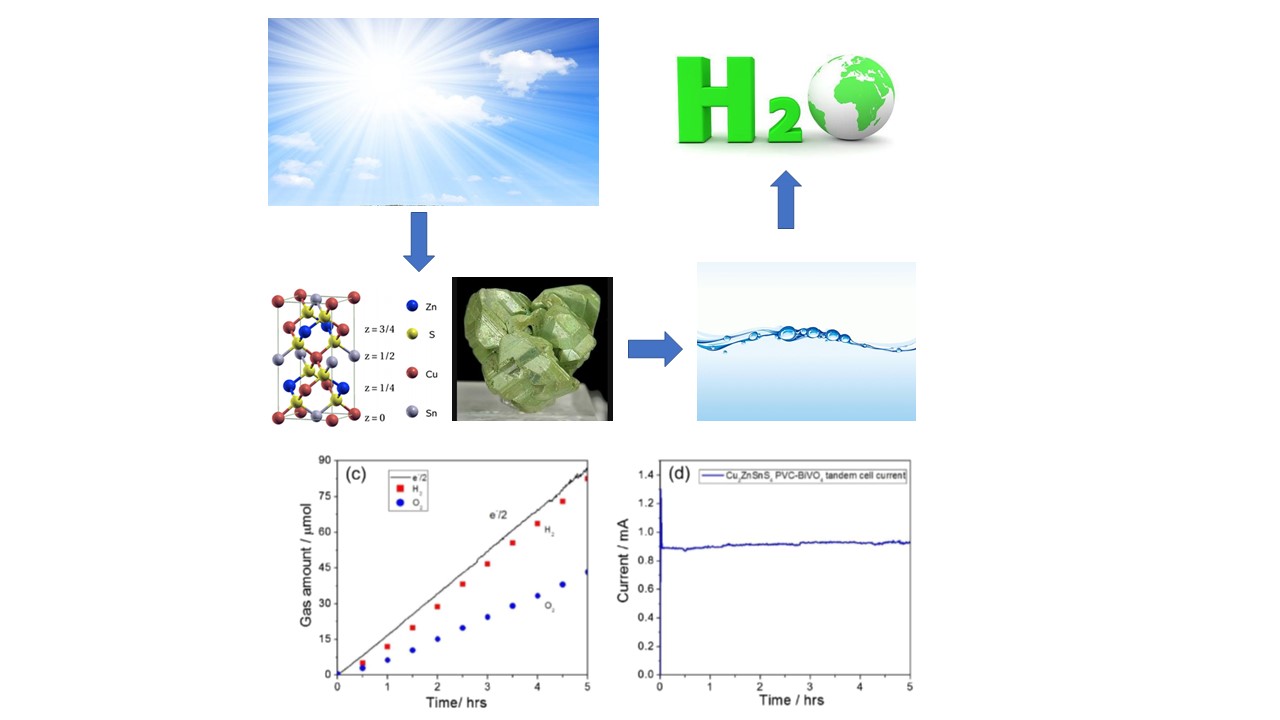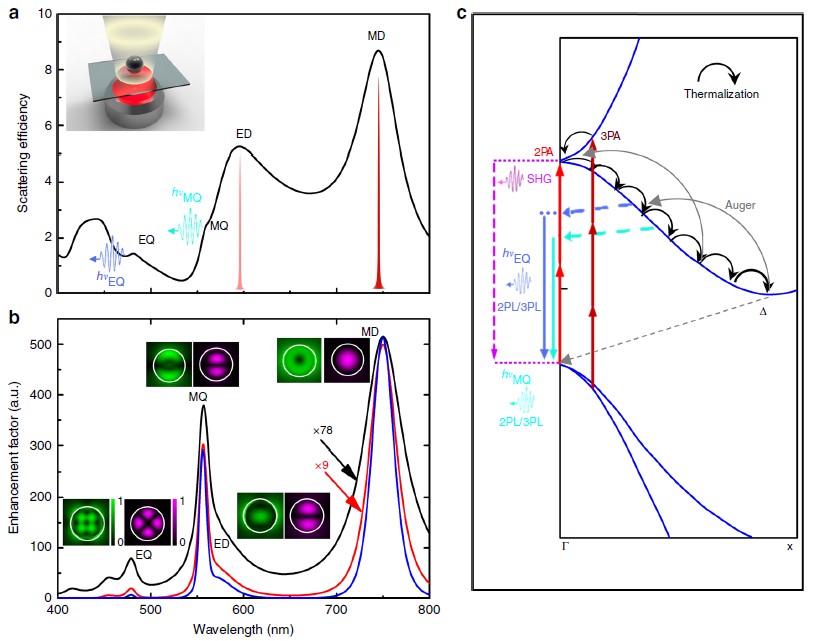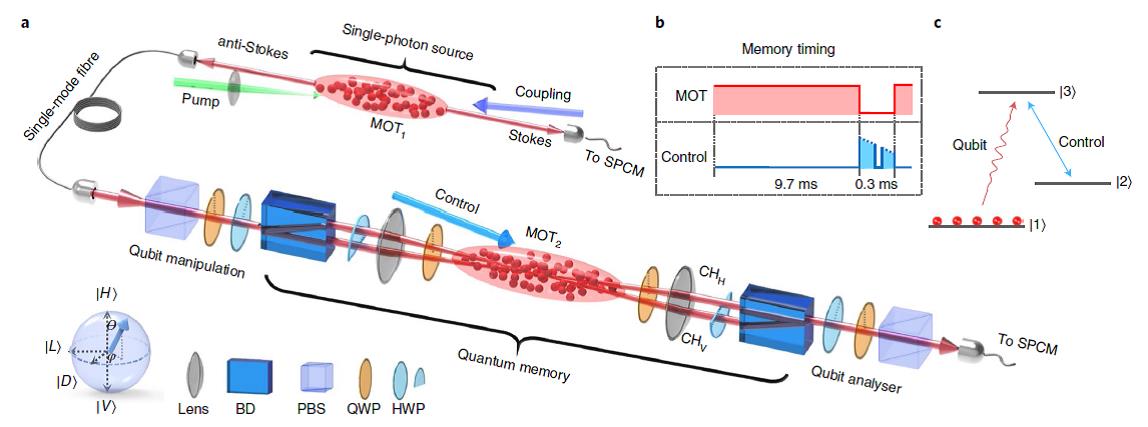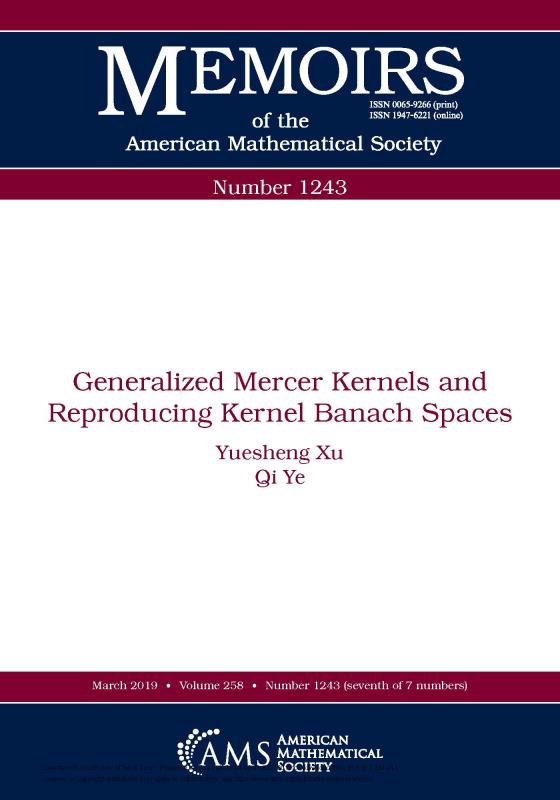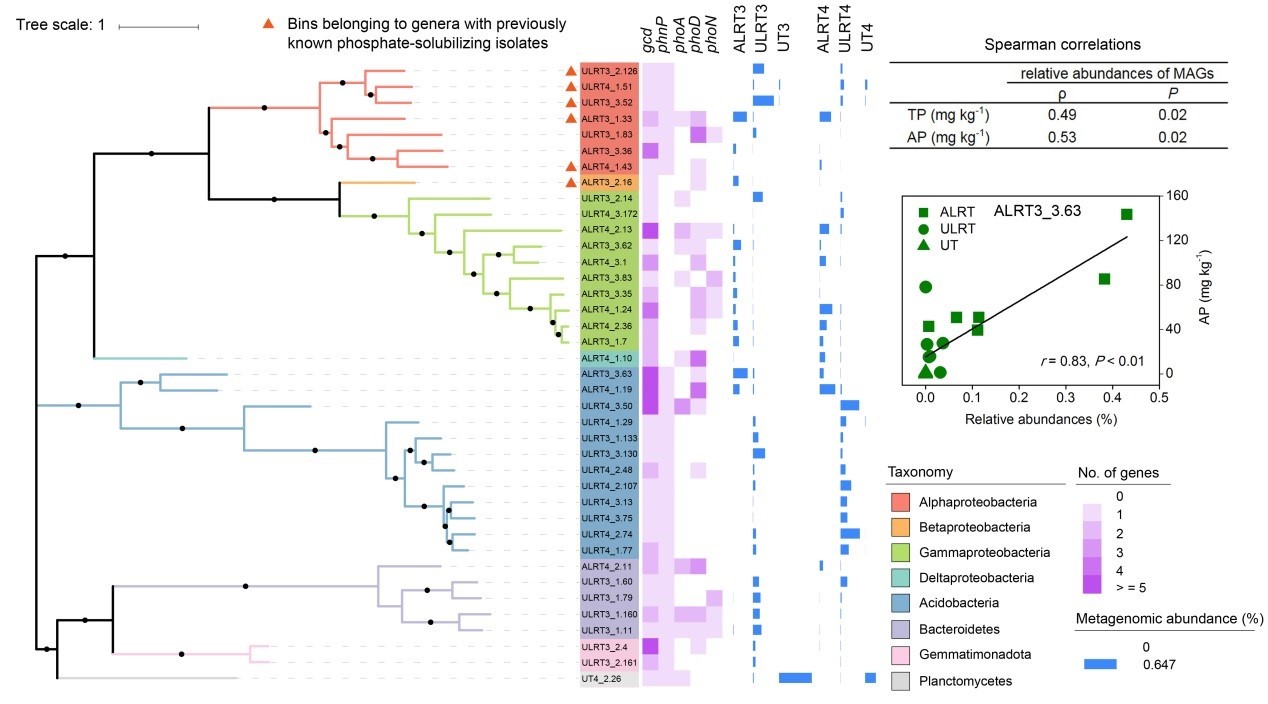
Likes
A research paper entitled Novel phosphate-solubilizing bacteria enhance soil phosphorus cycling following ecological restoration of land degraded by mining was published in the multidisciplinary journal of microbial ecology of Nature, the ISME Journal (IF2018 = 9.493) by Professor Li Jintian's team of the School of Life Sciences of South China Normal University.
This paper reveals for the first time the key microbial groups that drive the soil phosphorus cycle in the process of ecological restoration of heavy metal mining wastelands.
Phosphorus is one of the three essential elements for organisms, but its bioavailability in soil is low, which leads to the limitation of phosphorus in all terrestrial ecosystems. Therefore, improving the efficiency of soil phosphorus cycling has become one of the main objectives of terrestrial ecosystem management or rehabilitation. However, little is known in the biology world about the phosphorus cycle and its microbial mechanisms in terrestrial ecosystem management or restoration.
Professor Li Jintian’s team chose a typical phosphorus-deficient ecosystem, heavy metal mining wasteland, as the research subject, using technologies like metagenomic sequencing, to approach the change characteristics of soil phosphorus and its microbial driving mechanism.
The results showed that ecological restoration measures could significantly improve the efficiency of soil phosphorus cycling in wasteland, the available phosphorus concentration in the soil, and the relative abundance of microbial functional genes related to the phosphorus cycle were significantly higher in the restored area than in the unrestored area.
The glucose dehydrogenase (GCD) genes that encode bacterial glucose dehydrogenase (a major enzyme that can dissolve insoluble inorganic phosphorus in soil) are the genes of phosphorus circulating function with the highest relative abundance in both restored and unrestored soil samples, and is also the most important factor affecting bioavailable P-concentration in the soil.
Of the 424 high-quality single-cell genomes reconstructed using a macro-genome binning tool, 39 genomes contain the GCD gene, representing a range of phosphate-solubilizing microorganisms that have not been isolated and cultured. The relative abundance of these genomes in soil samples was strongly correlated with the available phosphorus content, indicating that the associated microorganisms played an important role in improving the phosphorus cycling efficiency of the restored soil. In addition, 84 movable genetic elements were found near the GCD gene of the 39 genomes, suggesting that viral (bacteriophage) involvement in horizontal gene transfer could help some microorganisms acquire new metabolic potentials associated with the phosphorus cycle. These findings are also useful for understanding the key microorganisms that drive soil phosphorus cycling in other types of terrestrial ecosystems.

This figure shows an analysis of Bins
The lead author is the School of Life Sciences of South China Normal University. Professors Liang Jieliang, Jia Pu from the School of Life Sciences of South China Normal University and Liu Jun from the School of Life Sciences of Sun Yat-Sen University are co-corresponding authors of the paper. This work has been supported by the National Natural Science Foundation and Youth Foundation of China and the Key Field R & D Program Project of Guangdong Province, etc.
Paper link: https://www.nature.com/articles/s41396-020-0632-4
Source from School of Life Sciences
Translated by Li Xinyi
Proofread by Edwin Baak
Reviewed by Li Jianru
What to read next:
